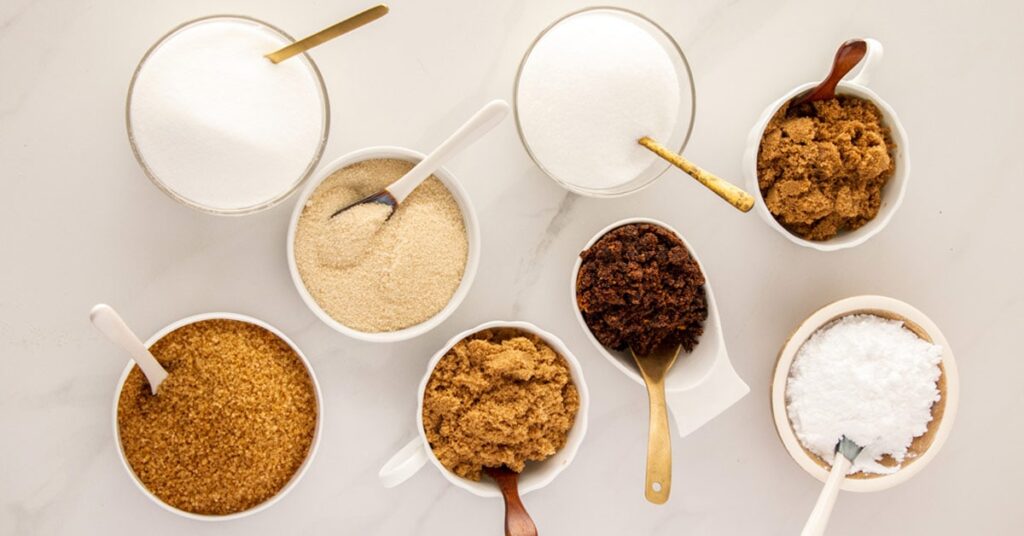In a bold move to address India’s growing epidemic of lifestyle-related illnesses, two of the country’s top health agencies have issued sweeping new dietary guidelines. The Indian Council of Medical Research–National Institute of Nutrition (ICMR–NIN), based in Hyderabad, in collaboration with the Food Safety and Standards Authority of India (FSSAI), has capped daily consumption of sugar at 25 grams and total oil intake—including ghee and butter—at 30 grams per person.
The initiative, backed by the Union Health Ministry, will see these limits prominently displayed on public-facing posters across schools, hospitals, railways, and airports nationwide, in what officials describe as a national health awareness campaign.
A Sharp Shift in Policy: Sugar Slashed in Half
The most striking change is the halving of India’s previous recommended sugar intake from 50 grams to 25 grams per day—roughly five teaspoons. “Even one 500 ml bottle of a sugary beverage can exceed this limit,” warned an NIN official, underscoring the hidden dangers of processed drinks and snacks.
This adjustment follows global trends, with the World Health Organization similarly advocating for stricter sugar limits in response to rising rates of diabetes, obesity, and metabolic disorders. The poster campaign emphasizes these points, warning the public that even so-called “healthy” packaged products may contain excessive added sugar.
Oil, Ghee, Butter: Small Cuts, Big Gains
The new guidelines recommend capping total visible fat consumption—such as cooking oil, ghee, and butter—at 30 grams per day, or six teaspoons. While the figure may appear modest, officials argue that even slight daily reductions, such as decreasing oil use by a quarter teaspoon per meal, can yield significant health benefits over time.
This approach marks a pivot from traditional calorie counting to promoting a more balanced fat-to-body-weight ratio. Health experts suggest that South Asians, genetically predisposed to store visceral fat, are particularly vulnerable to cardiovascular disease and diabetes—making the fat cap a crucial step in preventive care.
National Rollout: From Classrooms to Canteens
To ensure the message reaches every citizen, the campaign will deploy model posters in:
- CBSE and ICSE schools
- Government and institutional canteens
- Public health centres and hospitals
- Airports, bus terminals, and railway stations
The initiative is part of the government’s broader non-communicable disease (NCD) prevention plan and complements efforts under the Fit India Movement. Officials see the visual push as a cost-effective strategy to reach diverse demographics, especially younger populations increasingly exposed to ultra-processed diets.
Experts Applaud Effort, Urge Structural Change
Health experts and nutritionists have largely welcomed the initiative, though some stress it must be backed by deeper policy reform.
“Dietary education is vital, but unless the government mandates clear front-of-pack labeling and restricts marketing of high-sugar foods to children, we may only scratch the surface,” said Dr. Arun Gupta, a leading child nutrition advocate.
Dr. Swetha A, a clinical dietician, added that public awareness must evolve to include the concept of ‘hidden sugars’—those present in breakfast cereals, sauces, and even savory snacks.
Meanwhile, former NIN scientist Dr. Avula Laxmaiah warned that physical inactivity and genetic predisposition compound the dietary risks: “South Asians don’t have the metabolic buffer that Western populations do. Even small excesses can tip the scale toward disease.”
A Race Against Time
The urgency behind the campaign is evident. A recent Lancet study forecasts that India’s obese population could balloon from 180 million in 2021 to 449 million by 2050, placing the country second only to China in terms of global obesity burden.
By making health guidance visible, actionable, and relatable, India hopes to shift everyday behavior at the ground level—before it is too late.


